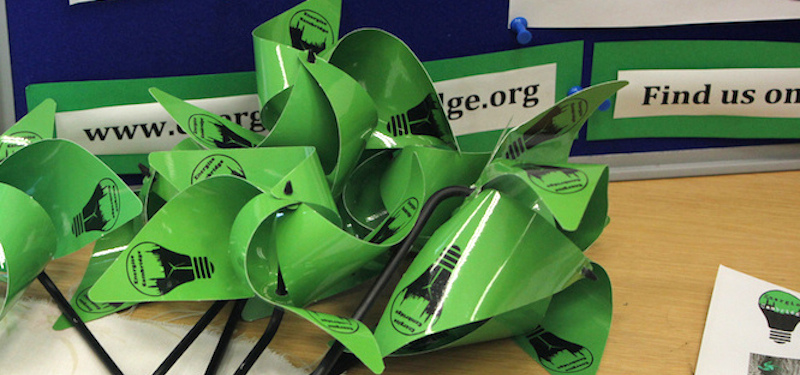Every week I meet loads of students who are interested in environmental and sustainability issues. Whether they are involved in organising a Climate Forum, attending a talk, seeking out a career path in the environmental sector, or just chatting about these issues in conversation. At Imperial, at least, the interest and desire to get involved in green issues is certainly there. So here’s my question: why isn’t more ‘green stuff’ happening?
Don’t get me wrong, there are great events and activities going on – talks, discussions and film screenings are all good examples. But the level of action just doesn’t seem to match the level of interest. In my view, this lack of action is not due to apathy, but rather because students are overwhelmed into inaction by the scale of the problem.
The breath and depth of the climate and sustainability issues we are facing is enormous, spanning almost every academic discipline – from anthropology to physics and having the potential to affect everyone on the planet. My head is starting to spin after just writing that sentence. So where does a young, inexperienced university student even begin to start? Obviously students cannot be as knowledgeable as experts who have been working in the field for many years, but that doesn’t mean that students shouldn’t play an important role in the environmental movement.
The big question, then, is how? (Warning: this is the doom and gloom part.)
As students, we take for granted that we understand how climate change works, the implications of it, and the political tensions surrounding the issue. When you’re in an academic powerhouse, it’s easy to forget that the majority of people are bombarded with so many conflicting environmental news stories that they don’t necessarily understand exactly what’s going on. I was recently reminded of this when I needed to explain to my dad (again!) how global warming works and what it means. Not only was this was a ‘face palm’ moment for me, but also an important reminder that climate change is still a widely misunderstood issue.

It’s no surprise that myths around climate change still prevail. When reporters write news stories, they are likely to draw upon one or more of the following: prominence, timeliness, proximity, impact, magnitude, conflict, oddity and emotional impact. As a result, journalists and editors need to frame environmental news stories to make them more readable, rather than reporting the drier (but often more important!) facts. To compound the lack of newsworthiness environmental stories have, there is a lack of visual aspect too. You can’t photograph global warming and put it on the front page of a newspaper – although some have, inevitably, tried.
Agghhh – what can students do then?
Thankfully, environmental communication is an area where the passion and knowledge of students can be put to good use! Students at Cambridge have started an online magazine called Greenzine Cambridge. Its aim is to offer an interesting overview of what is going on in Cambridge within the environmental movement. It allows people to find out about events and activities that may interest them, and allow groups (especially student/local groups) to keep in touch with each other easily. Amazing, right? If you think so too then why not start a Greenzine at your university? And if a magazine seems too much, then there is always blogging, which is as easy as one, two, WordPress.
What else?
Beyond writing, there are also lots of other ways students can communicate important environmental issues within their local communities. Oxford Hub run an environmental education programme called Teach Green, where volunteers go to a local primary school to teach a year 5/6 class how to live sustainably and to appreciate the world around them through games, discussions and interactive activities. What a brilliant way to educate children (and indirectly their parents) about these challenges in an engaging way.
So here is my plea: if you’re passionate about environmental issues, combine that passion with your knowledge and creativity and think about how we can start effectively communicating important environmental issues to those outside our university walls.
